Optimal Timing for Window Well Cover Installation
Installing window well covers is best performed during periods of mild weather to ensure proper fitting and adhesion. Spring and early summer are ideal, as temperatures are moderate and installation can be completed before harsher weather conditions arrive. Avoiding winter months prevents complications related to snow, ice, and freezing temperatures that can hinder installation and material performance.
Spring offers optimal conditions with warmer temperatures and less precipitation, making it suitable for installing window well covers.
Summer provides extended daylight hours and stable weather, facilitating efficient installation and inspection.
Winter installations can be challenging due to snow, ice, and freezing conditions that can compromise installation quality.
Fall can be suitable if weather remains mild, but early winter preparations are advisable to prevent delays.
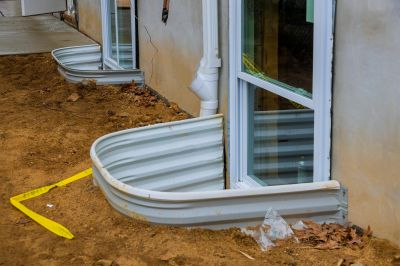
Ways to make Window Wells Covers Installations work in tight or awkward layouts.
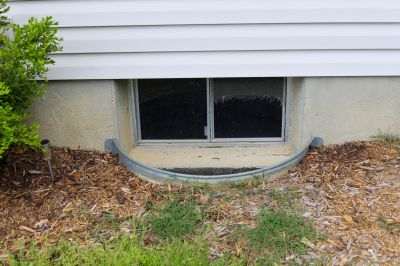
Popular materials for Window Wells Covers Installations and why they hold up over time.
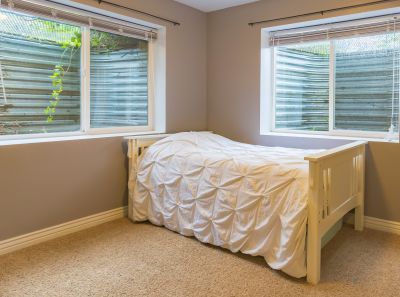
Simple add-ons that improve Window Wells Covers Installations without blowing the budget.
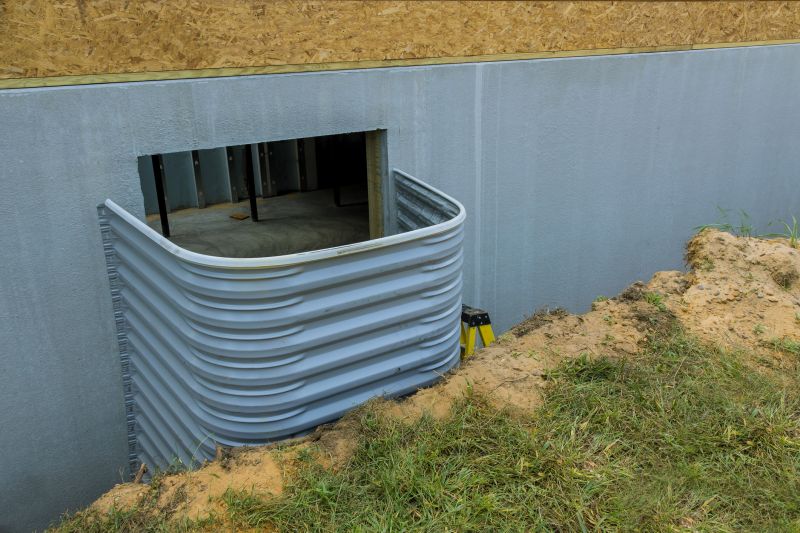
High-end options that actually feel worth it for Window Wells Covers Installations.
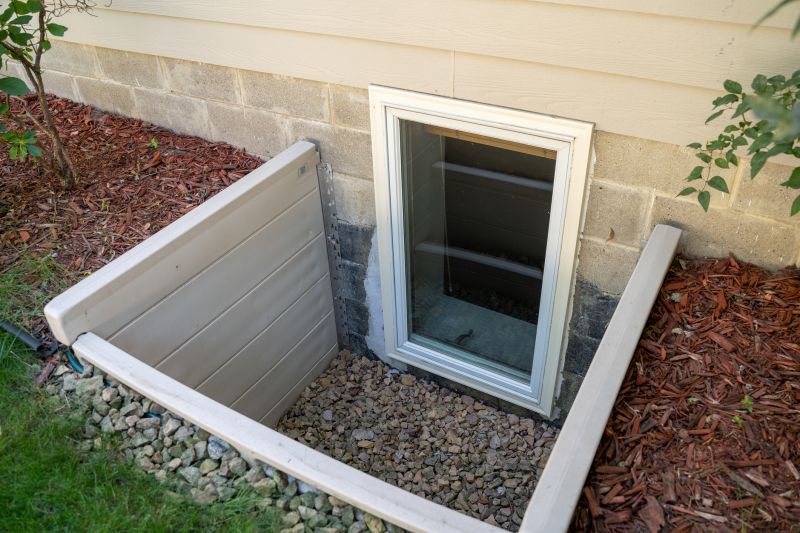
Finishes and colors that play nicely with Window Wells Covers Installations.

Little measurements that prevent headaches on Window Wells Covers Installations day.
Window wells covers serve multiple functions, including preventing debris accumulation, reducing water seepage, and enhancing safety by deterring accidental falls. Proper installation at the appropriate time ensures durability and effectiveness, especially before seasons with increased precipitation or temperature fluctuations. The timing also allows for inspections and adjustments to be made, ensuring the covers fit securely and function as intended.
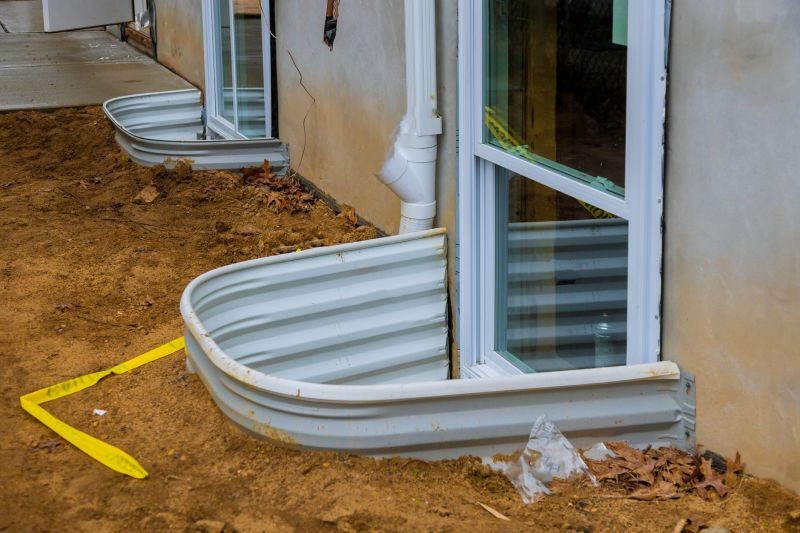
A 60-second routine that keeps Window Wells Covers Installations looking new.
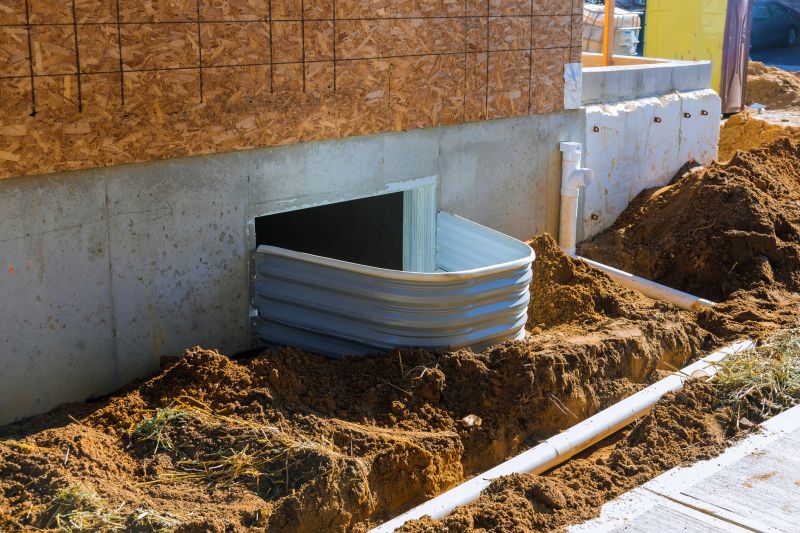
A frequent mistake in Window Wells Covers Installations and how to dodge it.
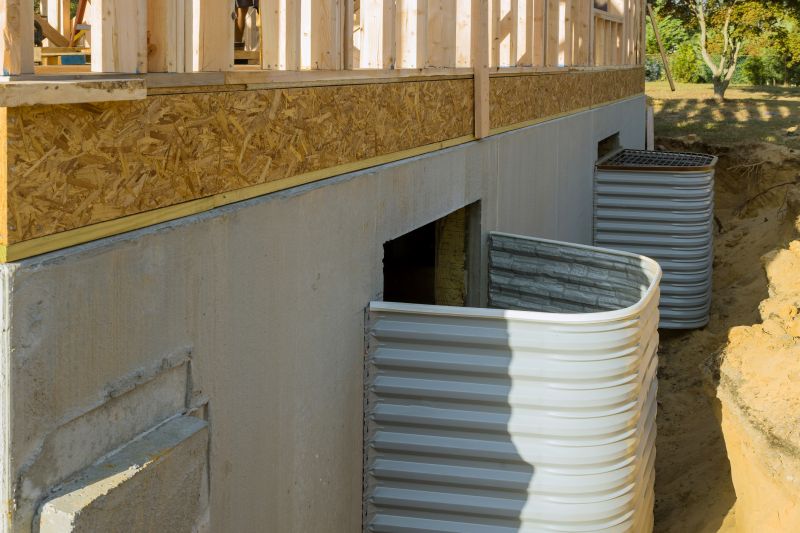
Small tweaks to make Window Wells Covers Installations safer and easier to use.
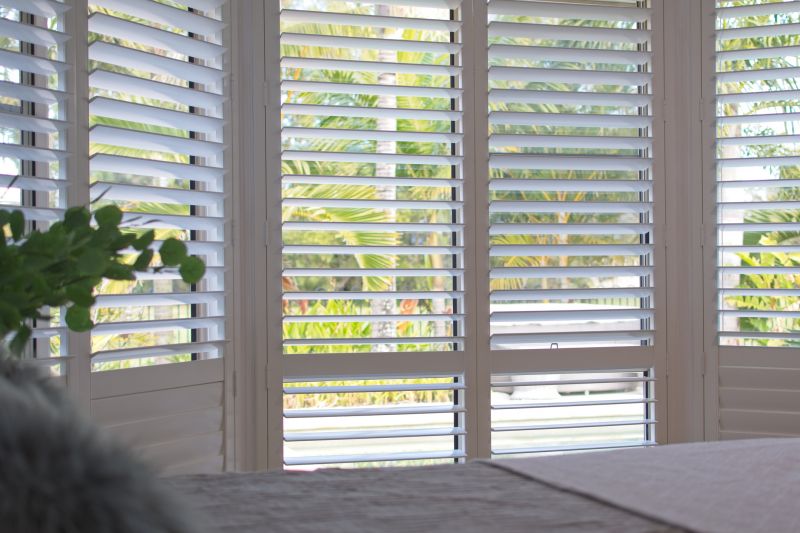
Lower-waste or water-saving choices for Window Wells Covers Installations.
| Season | Ideal Installation Conditions |
|---|---|
| Spring | Moderate temperatures, less precipitation, suitable for installation. |
| Summer | Extended daylight, stable weather, ideal for installation. |
| Fall | Mild weather, early preparations recommended. |
| Winter | Challenging due to snow, ice, and freezing temperatures. |
| Early Fall | Possible if weather remains mild and dry. |
Choosing the right time for window well cover installation can enhance longevity and performance. Proper timing minimizes disruptions caused by weather conditions and ensures that the covers are securely fitted, providing effective protection against debris, water, and safety hazards. Considering seasonal weather patterns and preparing accordingly can lead to more successful installation outcomes.
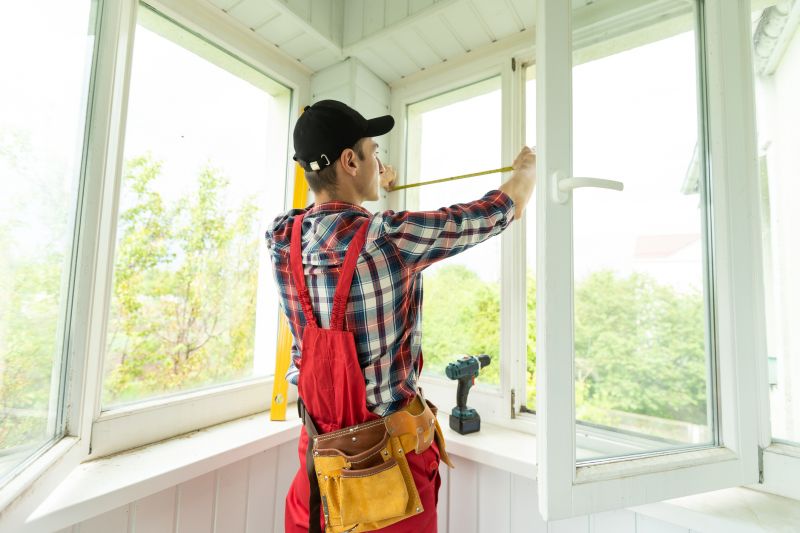
The short, realistic tool list for quality Window Wells Covers Installations.
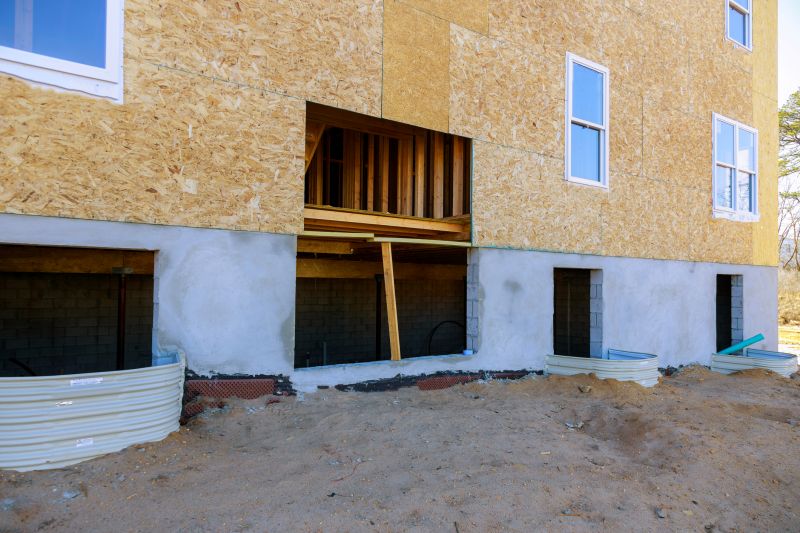
Rough timing from prep to clean-up for Window Wells Covers Installations.
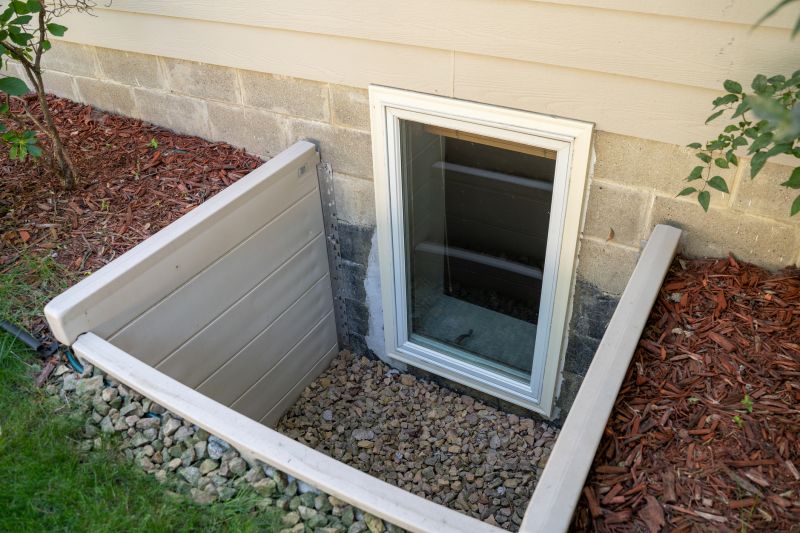
Quick checks and paperwork to keep after Window Wells Covers Installations.

Examples that show the impact a good Window Wells Covers Installations can make.
Interested parties are encouraged to contact for further information or to schedule an installation. Proper timing and installation techniques are essential for maximizing the benefits of window well covers and ensuring long-term protection and safety.



